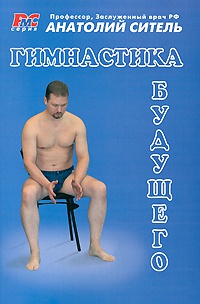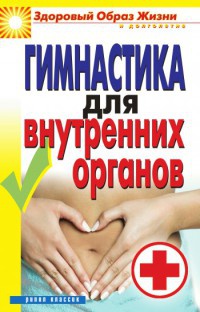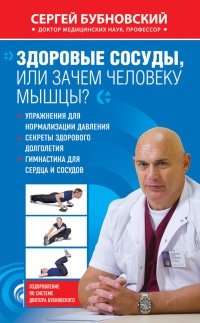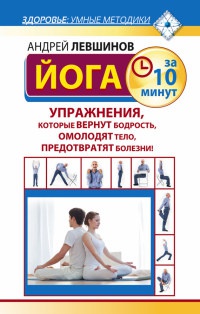Книга Мышцы. Как у вас дела? - Норберт Регитниг-Тиллиан
На нашем литературном портале можно бесплатно читать книгу Мышцы. Как у вас дела? - Норберт Регитниг-Тиллиан полная версия. Жанр: Книги / Медицина. Онлайн библиотека дает возможность прочитать весь текст произведения на мобильном телефоне или десктопе даже без регистрации и СМС подтверждения на нашем сайте онлайн книг knizki.com.
Шрифт:
-
+
Интервал:
-
+
Закладка:
Сделать
Перейти на страницу:
Перейти на страницу:
Внимание!
Сайт сохраняет куки вашего браузера. Вы сможете в любой момент сделать закладку и продолжить прочтение книги «Мышцы. Как у вас дела? - Норберт Регитниг-Тиллиан», после закрытия браузера.
Книги схожие с книгой «Мышцы. Как у вас дела? - Норберт Регитниг-Тиллиан» от автора - Андреас Штипплер, Норберт Регитниг-Тиллиан:
Комментарии и отзывы (0) к книге "Мышцы. Как у вас дела? - Норберт Регитниг-Тиллиан"
























